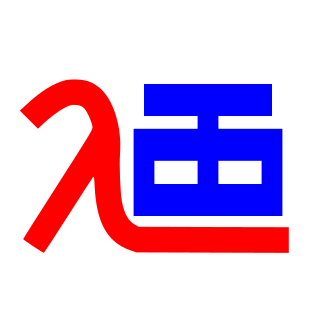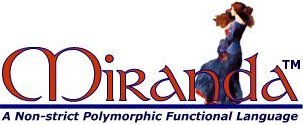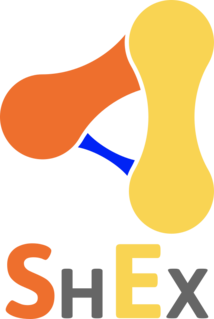 W
WATS is a programming language designed to unify programming with formal specification. ATS has support for combining theorem proving with practical programming through the use of advanced type systems. A past version of The Computer Language Benchmarks Game has demonstrated that the performance of ATS is comparable to that of the C and C++ programming languages. By using theorem proving and strict type checking, the compiler can detect and prove that its implemented functions are not susceptible to bugs such as division by zero, memory leaks, buffer overflow, and other forms of memory corruption by verifying pointer arithmetic and reference counting before the program compiles. Additionally, by using the integrated theorem-proving system of ATS (ATS/LF), the programmer may make use of static constructs that are intertwined with the operative code to prove that a function attains its specification.
 W
WErlang is a general-purpose, concurrent, functional programming language, and a garbage-collected runtime system. The term Erlang is used interchangeably with Erlang/OTP, or Open Telecom Platform (OTP), which consists of the Erlang runtime system, several ready-to-use components (OTP) mainly written in Erlang, and a set of design principles for Erlang programs.
 W
WGremlin is a graph traversal language and virtual machine developed by Apache TinkerPop of the Apache Software Foundation. Gremlin works for both OLTP-based graph databases as well as OLAP-based graph processors. Gremlin's automata and functional language foundation enable Gremlin to naturally support imperative and declarative querying, host language agnosticism, user-defined domain specific languages, an extensible compiler/optimizer, single- and multi-machine execution models, hybrid depth- and breadth-first evaluation, as well as Turing Completeness.
 W
WGTK is a free and open-source cross-platform widget toolkit for creating graphical user interfaces (GUIs). It is licensed under the terms of the GNU Lesser General Public License, allowing both free and proprietary software to use it. Along with Qt, it is one of the most popular toolkits for the Wayland and X11 windowing systems.
 W
WHPCC, also known as DAS, is an open source, data-intensive computing system platform developed by LexisNexis Risk Solutions. The HPCC platform incorporates a software architecture implemented on commodity computing clusters to provide high-performance, data-parallel processing for applications utilizing big data. The HPCC platform includes system configurations to support both parallel batch data processing (Thor) and high-performance online query applications using indexed data files (Roxie). The HPCC platform also includes a data-centric declarative programming language for parallel data processing called ECL.
 W
WJavaFX Script was a scripting language designed by Sun Microsystems, forming part of the JavaFX family of technologies on the Java Platform.
 W
WMiranda is a lazy, purely functional programming language designed by David Turner as a successor to his earlier programming languages SASL and KRC, using some concepts from ML and Hope. It was produced by Research Software Ltd. of England and was the first purely functional language to be commercially supported.
 W
WModelica is an object-oriented, declarative, multi-domain modeling language for component-oriented modeling of complex systems, e.g., systems containing mechanical, electrical, electronic, hydraulic, thermal, control, electric power or process-oriented subcomponents. The free Modelica language is developed by the non-profit Modelica Association. The Modelica Association also develops the free Modelica Standard Library that contains about 1400 generic model components and 1200 functions in various domains, as of version 4.0.0.
 W
WShape Expressions (ShEx) is a language for validating and describing RDF.
 W
WSynchronized Multimedia Integration Language ) is a World Wide Web Consortium recommended Extensible Markup Language (XML) markup language to describe multimedia presentations. It defines markup for timing, layout, animations, visual transitions, and media embedding, among other things. SMIL allows presenting media items such as text, images, video, audio, links to other SMIL presentations, and files from multiple web servers. SMIL markup is written in XML, and has similarities to HTML.
 W
WThe Wolfram Language is a general multi-paradigm computational language developed by Wolfram Research. It emphasizes symbolic computation, functional programming, and rule-based programming and can employ arbitrary structures and data. It is the programming language of the mathematical symbolic computation program Mathematica.